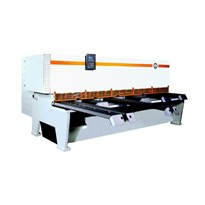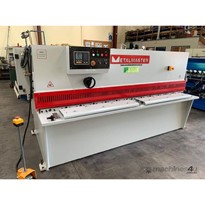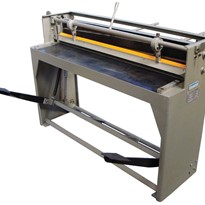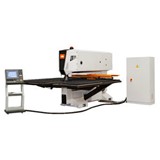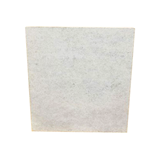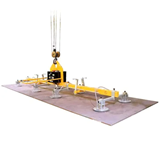It may be found in home appliances, aircrafts, construction, HVAC, furniture, cars, and in various industries. There are probably hundreds of products that contain this pliable and durable material. The raw material is used for a wide variety of applications because it can be bent, stretched, shaped, and cut into practically any shape.
The manufacturing process to which a piece of sheet metal is shaped into the required part through material deformation or removal is called sheet metal fabrication.
The process for fabricating sheet metal may be categorised into two: forming and cutting. Forming may be done through different means such as stretch drawing, roll forming, spinning, or bending. Meanwhile, cutting can be applied with or without shearing force. When manufacturers cut without shearing force, they can utilise water jet cutting, plasma cutting, or even laser beam cutting. The process used will depend on specifications for fabrication.
Note that the thickness of a sheet metal is called the gauge. The number will vary from 3 to 38; a higher gauge will mean a thinner piece of metal. The thin piece of sheet metal may be referred to as a foil while a thicker piece of metal may be called a plate. The required gauge will, of course, depend entirely on the application needed for the sheet metal. The same consideration also goes for the type of metal needed as sheet metal can come in stainless steel, steel, aluminium, copper, brass, titanium, zinc, and others.
Another element to the fabrication process of sheet metal is welding. After parts have been shaped according to specifications, they have to be assembled and tack welded. There are different welding techniques the manufacturer can use in order to prevent warping of or visual defects on the raw material.
The most common techniques are TIG, MIG, and Oxyacetylene. TIG (Tungsten Inert Gas) is generally used for difficult welds such as for s-curves and round shapes on copper and titanium. Meanwhile, MIG (Metal Inert Gas) is ideal for joining wide-ranging metals and gauges and Oxyacetylene can straighten warped steel.
Once welded, the manufacturer finishes off the fabrication job usually by sandblasting, priming, and then painting. The finishing touches, as always, are done according to the project specifications.
So the next time you see any kind of consumer product, look at a car, or stare out at an airplane's wing from your airline seat, know that a lot of work has gone into just a few of its essential metal parts. And should you have need for metal fabrication, always go to an experienced and expert manufacturer to ensure that each piece has been cut, shaped, welded, and finished to the highest quality.


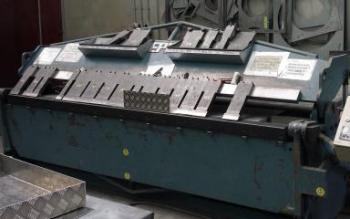

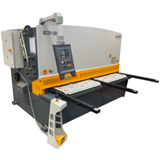
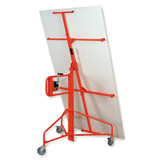

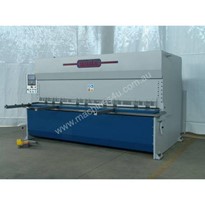
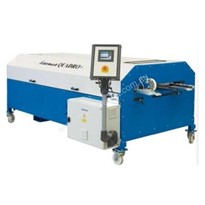
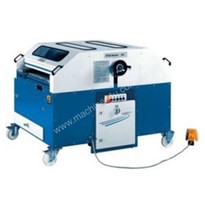
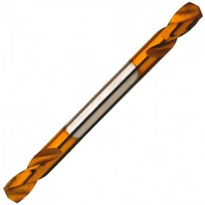
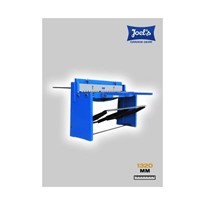
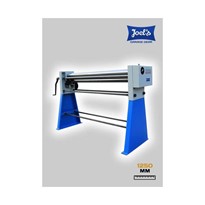
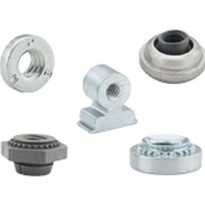
(10)-205x205.jpg)
